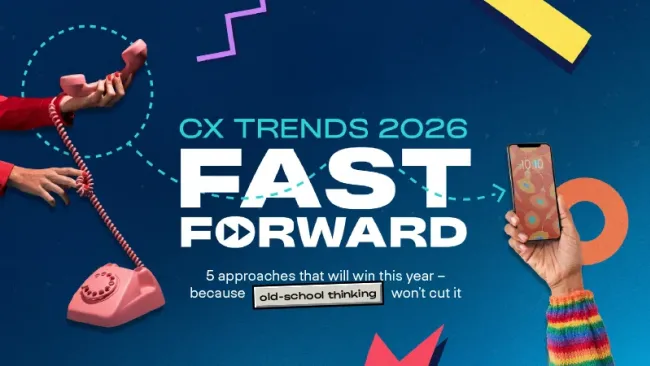As customer service shifts toward automation and self service, new research from Forrester paints a picture of what the future contact center will look like. The call center as we know it is being replaced by technology-driven customer experience centers, complete with an entirely new class of workers.
In the report, The Future Of Work: You Must Change How You Hire Customer Service Agents, Forrester’s Kate Leggett and Ian Jacobs confirm the transformative shift already happening across much of the customer service world: Automation will tackle simple, repetitive tasks, requiring agents to have different skills to handle more complex requests.
What does this mean for contact center workers? Like the centers in which they work, they too are experiencing a metamorphosis. Some jobs will disappear. New ones will emerge. And workers will need new skills and environments in order to excel.
“The economic model of hiring poorly paid, poorly educated agents will fall by the wayside,” the report states. “Tomorrow’s agents will start to resemble today’s knowledge workers.”
The researchers interviewed contact center leaders around the globe. They found five new realities for contact center workers triggered by increased automation across all industries:
1. More difficult issues: Associates will no longer be the first point of contact. They will be contacted only when customers have more complex questions that cannot be solved via self service or automation. They will need to prepare for higher complexity interactions.
2. New agents and labor models: The gig economy is changing how people are hired and work, and the most successful associates will excel in relationship building and product expertise.
3. New supervisors: It’s not just associates who will transform. Team leads and supervisors will focus less on agent productivity and more on education, training, and facilitating relationship building among team members and customers.
4. New metrics: Efficiency and productivity metrics will be replaced by quality metrics and business outcomes like customer satisfaction, first contact resolution, and Net Promoter Score.
5. New location models: The cubicle walls will come down, replaced with more open spaces, collaborative environments, and work-from-home options.
Each of these new realities have substantial consequences for call center leaders and workers. Technology and humans will coexist. To do that, expect chatbot designers and data scientists to share space with empowered, empathetic associates who have the freedom to handle issues as they see fit. Phone calls will take a back seat to other communication channels like messaging, chat, and video.
The report notes that hiring and training will look markedly different, new processes and workflows will need to be created, and how information gets measured and shared will also have to change.
“Yes, you will soon need a different type of contact center employee, but the transformation of your customer service organization and processes will go well beyond just the change in frontline personnel,” the report states.
The future of contact center work will be a fundamental change in customer service overall, from the front-line worker to the top executive, along with all the systems and operations that go with them.
Download the full report, compliments of TTEC, to learn what Forrester recommends companies do to prepare for the downstream effects of the contact center labor shift.
















